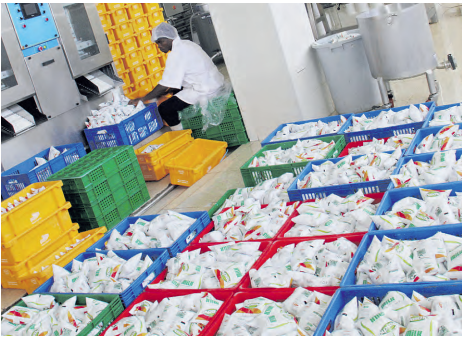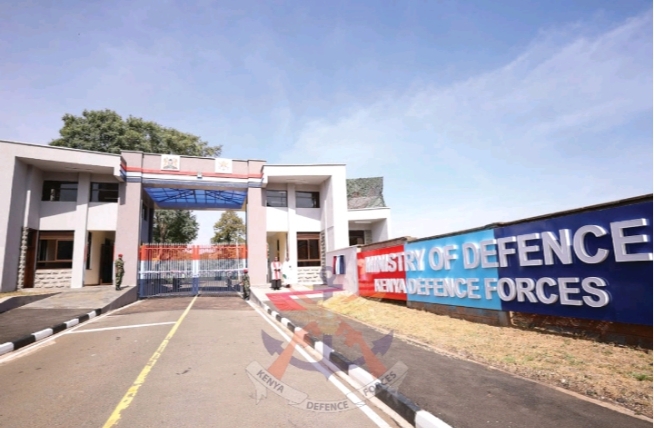

The average milk productivity per cow has increased from 7.9 litres in 2020 to 9.3 litres in 2023.
Agriculture Cabinet Secretary Andrew Karanja said this is a notable improvement, though Kenya still has a long way to go before reaching global benchmarks such as Israel’s 40 litres per cow per day.
He remained optimistic that with sustained efforts and effective strategies, Kenya can make significant progress.
The CS was speaking during the launch of the 2024 Study Report on the Cost and Profitability of Milk Production, which was released by Tegemeo Institute.
He encouraged milk processors to adopt quality-based payment systems that would benefit farmers, processors and consumers alike.
Regarding milk pricing, the CS pointed out that the industry has worked hard to maintain high producer prices, which have averaged Sh46 per litre over the past year.
However, this falls short of the government’s recommended Sh50 per litre.
He assured the public that the ministry would review the minimum producer pricing and gazette an updated price soon.
The recent study confirmed that dairy farming’s profitability, with earnings ranging from Sh9.8 to Sh13.9 per litre has increased, de pending on the production system.
Despite challenges such as high feed, fodder and labour costs, the profitability of dairy farming underscores its potential as a promising investment.
The report showed that in 2023, milk supplied to the formal market increased by 7.4 per cent, rising from 755 million kilogrammes in 2022 to 811 million kilogrammes.
The value of this milk also grew by 13 per cent, reaching Sh40.5 billion, up from Sh35.7 billion previous year.
According to the Economic Survey 2024, milk is now Kenya’s 4th most valuable agricultural commodity after tea, horticulture and cattle sales, supporting the livelihoods of over two million small-scale rural dairy farmers.
Kenya Dairy Board managing director Margaret Kibogy said milk production per cow had increased to about 10 litres per cow per day.
Speaking during the event, she pointed out that in 2021, production was between six and seven litres per cow per day.
“The general yield has improved, which is a positive sign for profitability.”
Kibogy said KDB is focusing on improving genetics to help farmers increase their profits.
We’ve seen a shift, with more farmers selling milk to cooperatives.
This shows that dairy farmers are becoming more organised and recognising the importance of being cooperative members,” she added.
The board is also working to ensure cooperatives take fewer deductions, so farmers receive more money for their milk.
The number of cooperatives has grown from 600 to 700 across the country, improving the quality of milk sold to processors.
In addition, KDB is making efforts to implement quality-based payment systems.
“If farmers are organised and aggregate milk, this will help ensure better monitoring of quality and safety,” Kibogy said.
“With more labs in place to track and test milk products, the board ensures milk is safe and of good quality.”
The government has also intervened through investing in more milk coolers.
“More milk going through cooling systems will reduce bacteria levels, enabling the processing of higher-value products,” she said.
Currently, 85 per cent of the 800 million litres of milk processed annually goes to UHT (Ultra-High Temperature) and pasteurised milk, while processing of high-value products like cheese, ghee and butter remains low.
“We are working to shift from volume-based to quality-based processing to meet domestic demand and boost exports,” Kibogy added.
The installed processing capacity has increased from 3.5 million litres per day to 5.2 million litres, though the sector is still only utilising 45 per cent of its capacity.
“This means
even if production doubles, the infrastructure is ready to handle it.”








![[PHOTOS] Council of Governors visits Raila's grave](/_next/image?url=https%3A%2F%2Fcdn.radioafrica.digital%2Fimage%2F2025%2F10%2F59c8111a-6f0d-4719-8587-7e965c4bdd34.jpg&w=3840&q=100)





